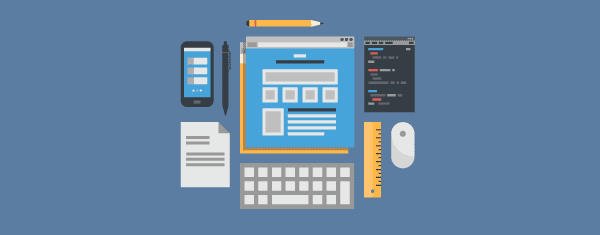In today’s fast-paced world of product development, the ability to innovate quickly and efficiently can mean the difference between success and stagnation. With technology evolving at breakneck speed and consumer preferences constantly changing, companies need to adapt rapidly to stay ahead of the curve. This is where rapid prototyping comes into play, offering a transformative approach to design that can revolutionize the entire development process.
Understanding Rapid Prototyping
At its core, rapid prototyping is a methodology that enables designers and engineers to quickly create a scaled-down version of a product to test its feasibility, functionality, and performance. Unlike traditional design methods that involve lengthy planning and manufacturing processes, rapid prototyping allows for the swift iteration of ideas, facilitating faster decision-making and reducing time to market.
The Benefits of Rapid Prototyping
The advantages of rapid prototyping are manifold, impacting every stage of the design process. Firstly, it fosters a culture of experimentation and innovation by encouraging designers to explore a wide range of concepts without the fear of failure. This iterative approach promotes creativity and empowers teams to push boundaries, resulting in more innovative and user-centric solutions.
Companies like Asia ARRK, renowned for their commitment to cutting-edge design methodologies, have embraced rapid prototyping as a cornerstone of their innovation strategy, allowing them to stay ahead in competitive markets by rapidly iterating on ideas and delivering high-quality products to their customers.
Moreover, rapid prototyping facilitates early user feedback, allowing designers to gather valuable insights and refine their designs accordingly. By involving end-users in the development process from the outset, companies can ensure that their products meet the needs and expectations of their target audience, thus reducing the risk of costly redesigns or product failures down the line.
Furthermore, rapid prototyping enables designers to identify and address potential flaws or limitations in their designs early on, minimizing the likelihood of errors in the final product. By conducting iterative testing and validation throughout the development process, companies can mitigate risks and optimize performance, leading to higher-quality products that resonate with customers.
The Evolution of Rapid Prototyping Technologies
In recent years, rapid prototyping technologies have advanced significantly, offering designers and engineers a diverse array of tools and techniques to bring their ideas to life. From 3D printing and CNC machining to laser cutting and injection molding, the possibilities are virtually limitless, allowing for the creation of prototypes with varying levels of complexity and fidelity.
One of the most significant developments in rapid prototyping has been the emergence of affordable and accessible 3D printing technology. With 3D printers becoming increasingly affordable and user-friendly, designers can now create physical prototypes in a matter of hours, enabling rapid iteration and refinement of their designs. This democratization of prototyping has empowered designers of all skill levels to experiment with new ideas and iterate on designs more freely, driving innovation across industries.
Implementing Rapid Prototyping in Your Design Process
Integrating rapid prototyping into your design process requires careful planning and execution. Here are some key steps to help you get started:
- Define Your Objectives: Clearly define the goals and objectives of your prototyping efforts, including what you hope to achieve and what metrics you will use to measure success.
- Select the Right Tools: Choose the appropriate prototyping tools and technologies based on your project requirements, budget, and timeline. Consider factors such as material compatibility, resolution, and speed when selecting a prototyping method.
- Iterate and Iterate Again: Embrace the iterative nature of rapid prototyping by creating multiple iterations of your design and soliciting feedback from stakeholders and end-users at each stage. Use this feedback to refine your designs and improve their performance.
- Collaborate Across Disciplines: Foster collaboration between designers, engineers, and other stakeholders throughout the prototyping process to ensure that all perspectives are considered and that everyone is aligned on the project goals.
- Document and Learn: Document your prototyping process thoroughly, including any insights or lessons learned along the way. Use this information to inform future design decisions and continuously improve your prototyping workflow.
Conclusion
In conclusion, rapid prototyping offers a transformative approach to design that can revolutionize the way companies develop products. By enabling faster iteration, early user feedback, and risk mitigation, rapid prototyping empowers designers to innovate more effectively and bring better products to market in less time. By embracing rapid prototyping as a core principle of your design process, you can unlock new opportunities for creativity, collaboration, and success in today’s competitive marketplace.




